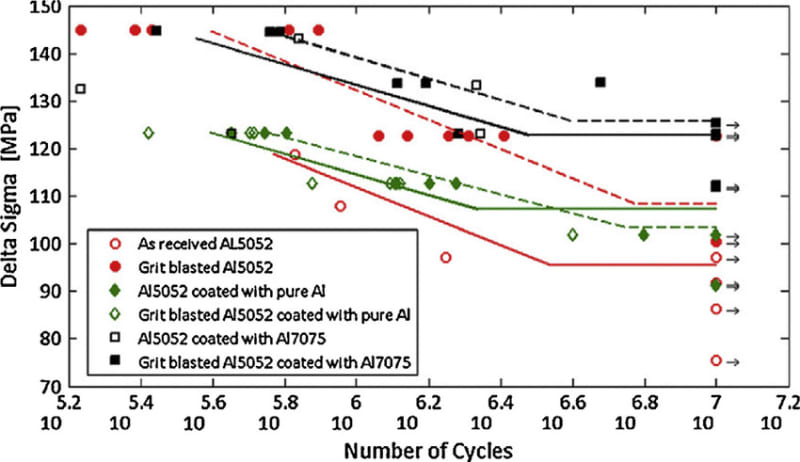Hello there,
I am trying to find Wohlers curves or S-N curves for aluminum 5052. More specifically I want to calculate the fatigue life of a component made from this material with the Miners law but I cannot find fatigue information about the material.
Any help would be appreciated.
Thank you.
I am trying to find Wohlers curves or S-N curves for aluminum 5052. More specifically I want to calculate the fatigue life of a component made from this material with the Miners law but I cannot find fatigue information about the material.
Any help would be appreciated.
Thank you.

